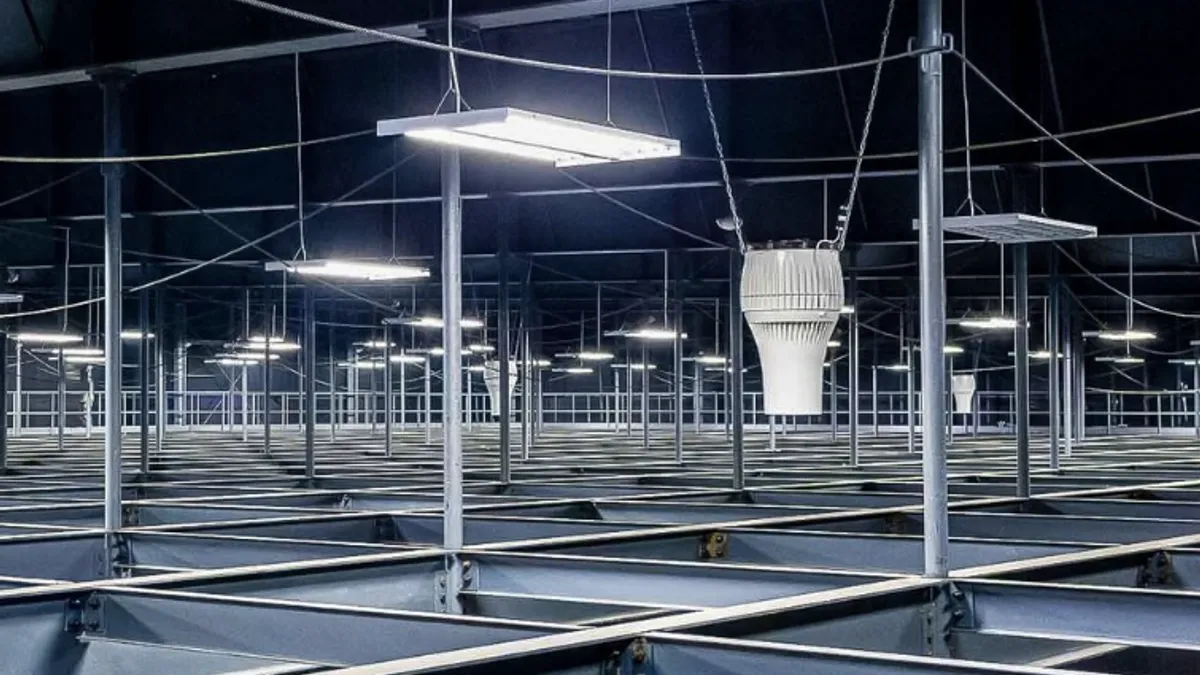Dive Brief:
- The U.S. office real estate sector is now in three markets, each with different performance, but the overall office vacancy rate will reach a 21.6% peak in the second half of 2025, according to Cushman & Wakefield’s midyear U.S. macro outlook for commercial real estate, released in June.
- At the top of the market, 30% of Class A office buildings are fully occupied and another 20% have vacancy rates below 15%, it says. The bottom 10%, in contrast, are “highly challenged and likely obsolete buildings” that contribute disproportionately to overall vacancy rates.
- The report also gave outlooks for industrial, multifamily, retail, and lodging properties.
Dive Insight:
The office market is still adjusting to the shift toward hybrid work, with companies downsizing their space needs and a significant portion of sublease space expiring in 2028 or later, the report says.
It expects a decrease of 63 million square feet in the office sector this year and a 7 million square feet decline in 2025. After the late 2025 vacancy peak, it sees stabilizing office space demand to average 20 million to 25 million square feet per year in the latter part of this decade and a slowdown in the construction of new office spaces.
In the industrial sector, a rapid buildout of industrial facilities during the COVID-19 pandemic will weigh on demand through 2024 and the first half of 2025, leading to a projected vacancy peak of 6.7% in early 2025, the report states. Cushman & Wakefield predicts that vacancy rates will approach 5% by the end of its five-year forecast period. Rent growth in the industrial sector has been very strong, clocking a 54% rise since the fourth quarter of 2019, the report notes. Rent growth is expected to moderate, however, with projected increases of 3% in 2024 and 2% next year.
Against that backdrop, industrial tenants are taking their time to finalize lease agreements, Charlotte Elstob, managing director of JLL’s industrial occupier services, told Facilities Dive, while discussing the findings of JLL’s Q4 2023 Industrial Outlook. That report also states expectations that rental rate growth will continue at a moderate pace, with a potential for near-term recovery as tenants occupy preleased properties.
Industrial space absorption will reach a low of just over 100 million square feet in 2024 before roughly doubling next year, the Cushman & Wakefield report says. A more normal demand rate is expected to return to the industrial sector in 2026, the report says.
In the retail sector, vacancy rates for open-air shopping centers, currently at “an all-time low of 5.4%,” could tick up a marginal 40 basis points over the next two years, the report forecasts. The sector is seeing a diversified tenant mix and robust demand for retail space, in part due to a strong pipeline of store openings by large retailers, the report says, pointing to roughly 850 more store openings planned than closures this year.
With less than 12 million square feet of retail space under construction and over 4.3 billion square feet of inventory, high-quality locations will remain scarce, the report states. New supply is not expected to ramp up to its 2010-2019 average until at least 2027, it says, noting that owners of well-located shopping centers will continue having leverage to increase rents.











